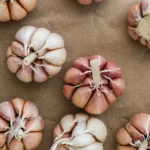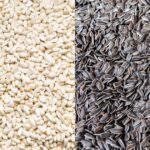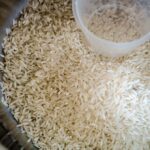Sweet potatoes are a versatile and tasty addition to any meal, plus they’re packed full of antioxidants and vitamins that your body needs. But what happens if a sweet potato goes bad? How can you be sure that the ones in your pantry are good for eating before serving them on your dinner table? Don’t panic—we’ve got the answer! In this blog post, we’ll discuss How To Tell If A Sweet Potato Is Bad and provide tips for keeping them fresh for as long as possible. Keep reading to learn more about perfecting produce selection every time.
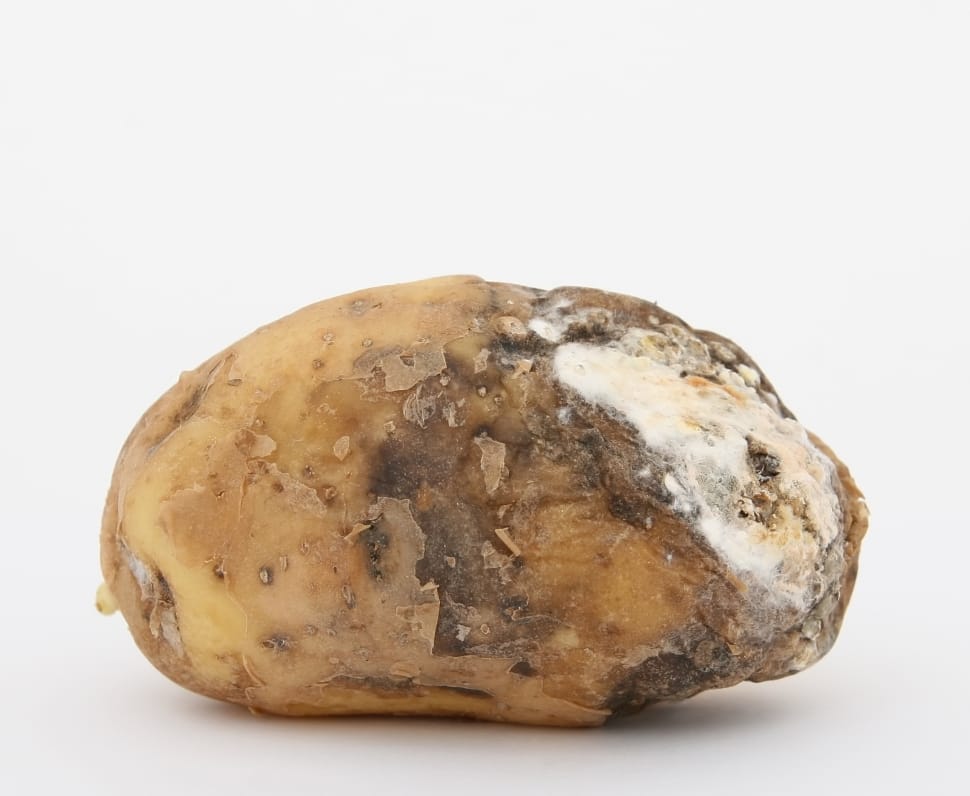
Contents
What is a sweet potato?
A sweet potato is a type of root vegetable, related to potatoes and yams. They come in many sizes, shapes, and colors, ranging from yellow to beige to purple. Sweet potatoes are higher in fiber than regular potatoes—they contain vitamins A and C plus potassium, manganese, and other minerals.
How to choose good sweet potatoes?
The most important thing when selecting sweet potatoes is to choose ones that are firm and free from blemishes. Avoid any with bruises, soft spots or cuts as these will spoil more quickly. Take your time in the store to inspect each one carefully before adding it to your basket.
How long do sweet potatoes last?
Cooked sweet potatoes should be eaten within a few days of being cooked. Uncooked (raw) sweet potatoes can last up to two weeks, depending on their age and the temperature they are stored at. It is best to store them in a cool, dark place such as the pantry or refrigerator.
We hope you found this guide How To Tell If A Sweet Potato Is Bad useful! Remember to carefully inspect any sweet potatoes before adding them to your shopping cart and always discard any that don’t look or smell right. With these tips in mind, you’ll be able to cook delicious sweet potato dishes for many meals ahead.
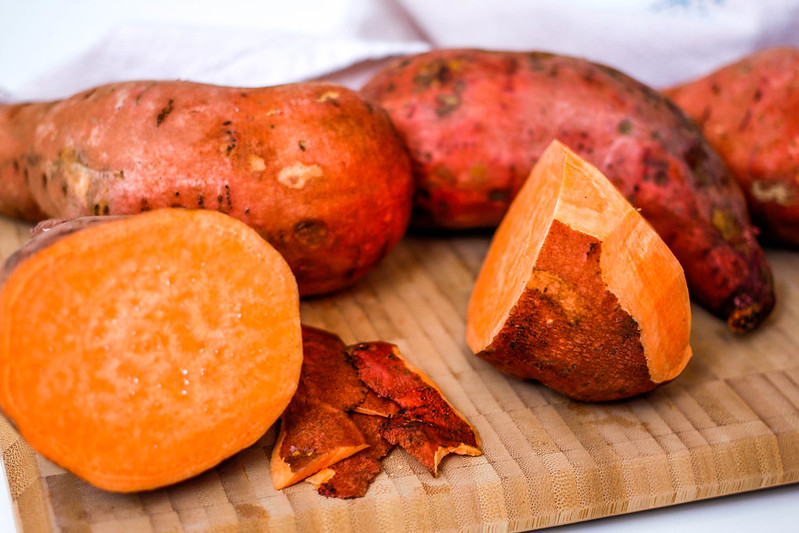
How long do sweet potatoes last in the fridge?
Cooked sweet potatoes can last up to five days in the refrigerator. Raw sweet potatoes can last for up to two weeks, depending on their age and storage temperature. It is best to store them in a cool, dark place such as the pantry or refrigerator. Read more at yongkangstreetnyc.com.
How to tell if a sweet potato is bad?
There are a few telltale signs you can use to determine if a sweet potato has gone bad. Look for discoloration, mold, or an off smell—these are all indicators that the sweet potato should not be consumed. Also, check for any softness or darkening around the edges; this could mean that it’s been exposed to too much moisture and is beginning to rot. If there is a significant amount of squishiness, discard the sweet potato immediately.
Finally, if you cut into a sweet potato and it has an unappetizing off-color or smell, throw it away. Sweet potatoes should be creamy white on the inside with a pleasant, earthy aroma.
By following these tips, you can make sure you never serve bad sweet potatoes at your next meal! If you want to keep them for longer periods of time, store them in a dry, cool place such as the pantry or refrigerator. How To Tell If A Sweet Potato Is Bad is essential for getting the most out of this tasty vegetable.
What about dark spots on sweet potatoes?
Dark spots on sweet potatoes are signs of dehydration. The sweet potato has been exposed to too much heat or direct sunlight and the moisture is being drawn out. If you find dark spots, discard the sweet potato as it will not be safe for consumption.
What is the white stuff when you cut into a sweet potato?
The white stuff that appears when you cut into a sweet potato is the naturally occurring starch. It should be creamy white in color and not discolored or slimy. If it has a strange odor or an unappetizing color, throw the sweet potato away as it may have gone bad.
Can you still eat sweet potatoes that have sprouted?
Yes, you can still eat sweet potatoes that have sprouted. The sprouts themselves are edible and offer a slightly sweeter flavor than the potato itself. However, if there is any discoloration or off-smells present, discard the sweet potato immediately as this could mean that it has gone bad.
For more information on How To Tell If A Sweet Potato Is Bad, check out our guide! Remember to inspect any sweet potatoes before adding them to your shopping cart and store them in a cool, dark place for optimal freshness. With these tips in mind, you’ll be able to craft delicious dishes with freshly cooked sweet potatoes every time.
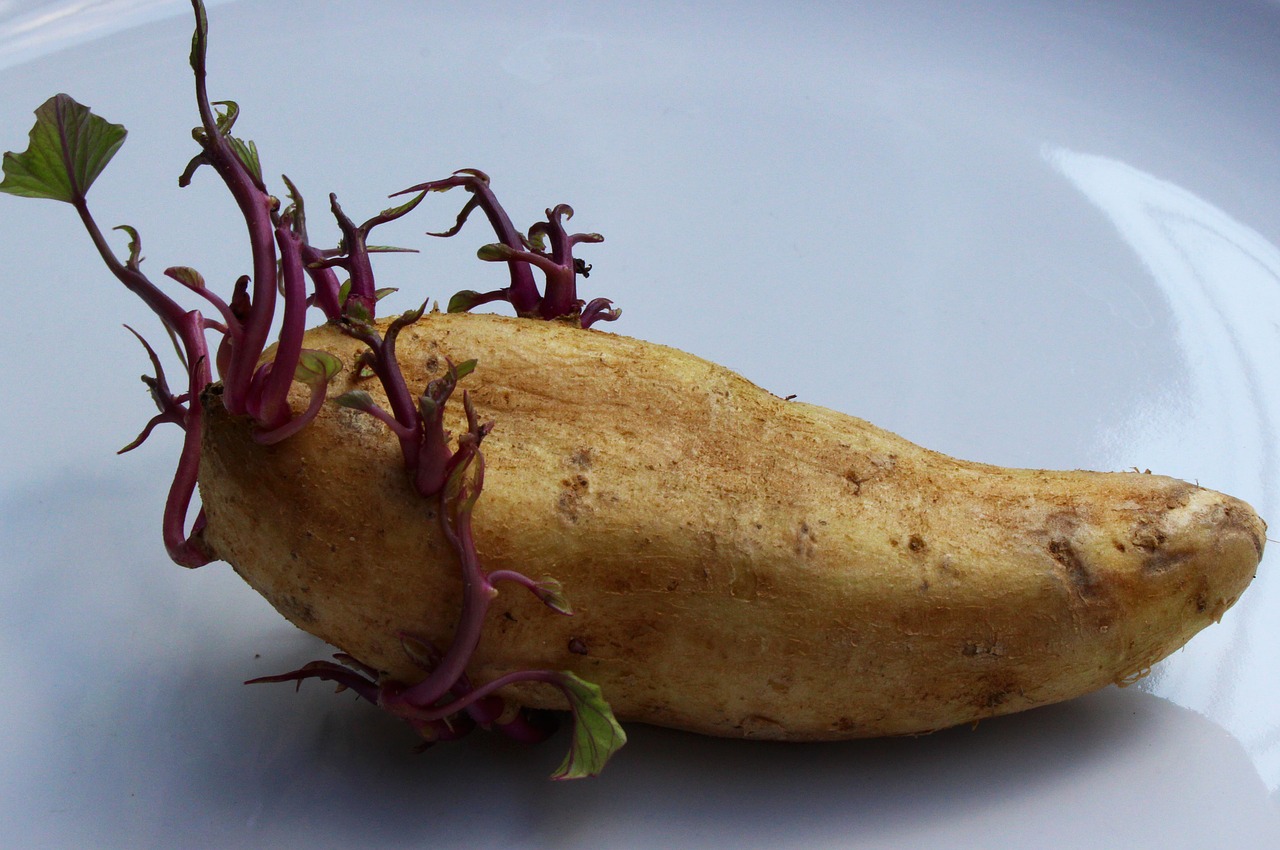
What happens if you eat a bad cooked sweet potato?
Eating a bad cooked sweet potato can lead to food poisoning or other health complications. If the sweet potato has an unappetizing odor, discoloration, mold, or is soft and squishy, it should not be eaten. Symptoms of food poisoning include nausea, vomiting, diarrhea, stomach cramps, and fever. It is best to discard any sweet potatoes that do not look or smell right in order to avoid illness.
Conclusion: How To Tell If A Sweet Potato Is Bad?
It is important to inspect any sweet potatoes before cooking or adding them to your shopping cart. Look for discoloration, mold, softness, darkening around the edges, and an off-smell as these are all indicators that the sweet potato should not be consumed. If it has a strange odor or an unappetizing color, throw it away as this could mean that it has gone bad. Raw sweet potatoes can last for up to two weeks, depending on storage temperature and cooked sweet potatoes can last up to five days in the refrigerator. With these tips in mind, you’ll be able to cook delicious sweet potato dishes for many meals ahead.
Read on to learn more: how long to bake potatoes at 375 in foil
FAQ a sweet potato is bad
What happens if I eat a bad sweet potato?
If you’ve enjoyed a suspiciously under-cooked sweet potato, be aware of the worrisome consequences. Without quick action, consuming an ill-prepared spud can lead to food poisoning – manifesting as nausea and vomiting; disabling abdominal pain; uncontrollable diarrhea; and even fever. Avoid these symptoms by seeking medical assistance right away if in doubt.
Are old sweet potatoes safe to eat?
When it comes to sweet potatoes, beware of softness and deep shades! Their outer appearance can tell you a lot; feel for any strange growths or an uncustomary smell. If they are displaying these signs, safely discard them in the trash – no need to chance your health with spoiling spuds.
Is it safe to eat sweet potatoes that are sprouting?
Potatoes that have started to sprout can still be consumed – all you need to do is cut away the green parts.
Is sweet potato bad when white inside?
Sweet potatoes are a favorite root vegetable due to their delicious, sweet flavor. But did you know that this sugary taste is indicated by an extraordinary visual effect? When cooked properly, the potato’s innards may emit a milky-white ooze – nature’s way of signaling its unbeatable sweetness.
How fast do sweet potatoes go bad?
Sweet potatoes are a long-lasting, root vegetable that can serve as the perfect addition to your cooking. Store them in cool, dark areas for maximum longevity – about one month! For those lacking such an ideal set up – no worries! Even stored on kitchen counters sweet potatoes will last you two weeks or more of deliciousness.
How long will sweet potatoes last?
Sweet potatoes have notoriously long shelf lives, and with the right storage conditions they can last up to three months in your pantry or even longer when placed in the fridge or freezer. A few thoughtful steps are all that stand between you and delicious sweet potato meals for weeks on end.
Can you eat sweet potatoes that turn brown?
The humble potato can often go through a transformation when exposed to oxygen. This oxidation process, as it is known by scientists and food buffs alike, causes the starch in potatoes to turn gray, brown or even black! But don’t be alarmed – an oxidized spud still tastes just fine afterwards with no change in texture or flavour.
What does a good sweet potato look like?
If you’re searching for the perfect sweet potatoes, size doesn’t matter – look out for firm and smooth skins that come in a range of hues from bright red to subtle rose or pale copper.
What are the gray spots on sweet potatoes?
Does that banana look a bit gray after you peel it? Don’t worry, this is completely natural! It’s caused by oxidation when the fruit was exposed to oxygen in the air. Fortunately, there’s no change to taste and texture – so go ahead and enjoy! If however you spot other discoloration or bruising straight away then this could be down to how your produce has been handled before reaching your plate.
What to do with a sweet potato that has sprouted?
With your sweet potatoes sprouted and ready to go, it’s time for the fun part: creating plantable slips. Just take each little sprout and carefully twist them off their parent potato – like Super Mario 63 trying to wrangle those pesky Goombas! Place each vibrant slip in a shallow bowl of water; let its leaves hang out over the rim so they can get plenty of sunlight while still getting just enough hydration. Your garden is almost set up – now all that remains is planting these beauties into soil.
Can you eat sweet potatoes with black spots?
Sweet potatoes may develop a mysterious dark spot infection, but don’t worry- the injury is superficial and won’t affect their delicious eating quality.
Is white on sweet potato mold?
Sweet potatoes in storage may become infected with a pesky bread mold fungus, leading to an unwelcome watery soft rot. This can be easily identified by its white fluffy texture that holds black dots attached atop hair-like threads – not quite the sight you’d want on your snack.
What is the white spot on sweet potato skin?
Have you ever cut into a sweet potato and noticed the white liquid that oozes out? Well, it’s not some mysterious substance…it’s actually liquid starch. This naturally occurring mixture of sugar and starch is found in various fruits or vegetables – like our beloved sweet potatoes.
How do you store sweet potatoes so they don’t go bad?
Preserve the freshness of your sweet potatoes and tantalize their flavors by stowing them away in a secluded nook like your pantry or kitchen counter-back corner. Tuck them into an inviting bowl or basket to complete the look, but before you get cooking don’t forget to give those ‘taters a thorough cleanse.

Chef Yong Kang has over 20 years of experience cooking in the finest restaurants, and is excited to present their vision to you and all our guests. Our caring and committed staff will ensure you have a fantastic experience with us.
We are also available for private events:, business lunches, dinners, and more. We would love to discuss how to be a part of your next event.Our restaurant refuses to compromise on quality, which is why we source our fresh ingredients from local farmers’ markets.





